Beyond the backpack
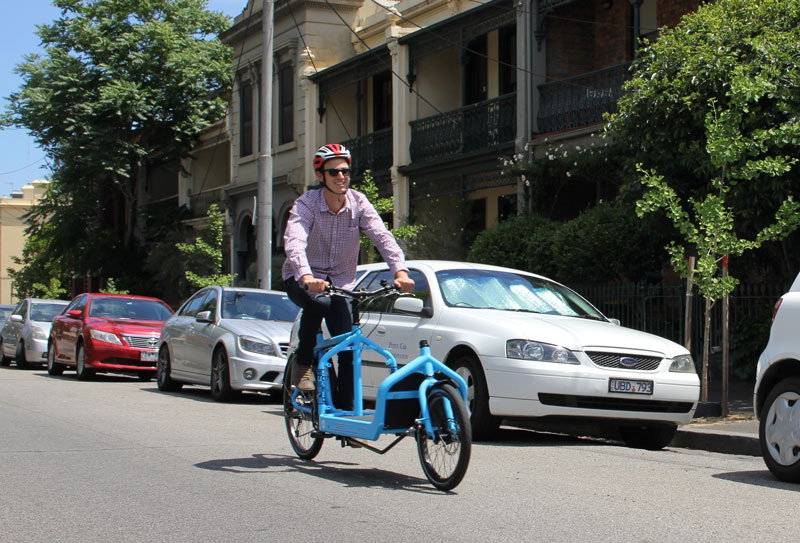
Dean Steinberg's Bullitt cargo bike. Photo by Simon Vincett
There are many alternatives to a backpack for carrying your gear on the bike. Simon Vincett lays out the options.
Soon after Dean Steinberg took up cycling for transport in January 2014 he realised he needed more than the bag on his back to carry his gear.
“I use my messenger bag as one would use a handbag but in addition to carrying keys, sunglasses, wallet and phone in there, I also always have a pump, a spare tube, tyre levers, Allen key, bike light charger and sun screen. There’s also room for some extra clothes and some food when travelling to work,” he explains. “The disadvantage is the sweaty back when the weather heats up, a sore back after longer rides when carrying a full bag, and inability to buy groceries for more than a couple days at a time.”
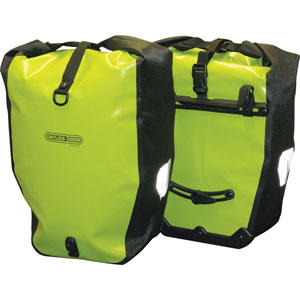
When he weighed up the options for more carrying capacity, the best thing for Dean was a Bullitt cargo bike.
“I still use the messenger bag for day-to-day, but when I go for the weekly shop or need to carry something big, out comes the Bullitt,” he says. “I had had enough of borrowing my brother’s or girlfriend’s car every time I wanted to move something big.”
In addition to loads of groceries, Dean transports gardening supplies and his parents’ dogs.
“I thought of getting big panniers but I didn’t like the idea of having to pack them so carefully when doing a big grocery shop—the idea that I can basically carry anything or strap anything to the Bullitt was too tempting. A box on my Bullitt is like the boot of a car—throw your stuff in there and go.”
A new cargo bike is only one option for greater carrying capacity to do your weekly shop or carry those extra bits and pieces you need. There are other options like baskets and racks for panniers, or bike trailers.
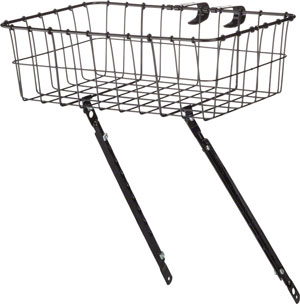
Basket
The convenience of baskets makes them very appealing, particularly handlebar-mounted ones. Unfortunately, they aren’t the easiest things to mount and adversely affect steering when you load them up. Take your bike with you when you buy a front basket as many bikes and baskets are incompatible and you’ll need to test the fit.
Rear baskets have much less effect on the stability of your bike.  They are also usually larger. They typically mount on a rear luggage rack and are less hassle to install.
They are also usually larger. They typically mount on a rear luggage rack and are less hassle to install.
A final thing to be aware of with a basket is that your stuff can go flying out when you hit a bump or if your bike falls over. A solution to this is to strap things down or buy a basket cargo net to cover your load.
Rack and panniers
A rear luggage rack is the most basic item to harness the carrying capacity of your bike. With a rear rack you can carry panniers, fit a rear basket, strap on or clip items, or fit a child seat.
Many bikes, particularly hybrids, cyclocross bikes, general-purpose mountain bikes and touring bikes, have mounting points for a rear luggage rack. Road bikes and fast commuting bikes tend not to. Panniers are bags specifically designed attach to a bike luggage rack. They can be simple and inexpensive or durable and waterproof and a bit more pricey.
Front racks are far less common. They allow you to carry panniers on the front of the bike as well as the rear. They are mostly used by self-sufficient touring cyclists who are carrying all their travelling gear on their own bike.
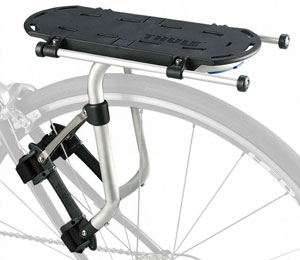
Front racks are best when they site the panniers low—approximately either side of the front wheel axle. At that height they have the least effect on steering. However, very few bikes, apart from touring bikes, offer mounting points for front racks.
For mountain bikes with suspension, you can get strap-on racks. These also work for bikes without rack mounting points, though you need to be sure that the bike’s frame is strong enough for the extra weight at the point of mounting.
Finally, there are racks that clamp to the seat post and require no mounts on the frame. These are for light loads only but could provide some handy extra carrying capacity.
Trailer
A trailer can be an alternative or an additional means to cart your cargo. They are often used to transport kids who are too little to ride by themselves, but are also extremely useful for a carting big loads from the market, picnic gear to the park and for other instances of local haulage.
 Some trailers aren’t compatible with some bikes because of the type of hitching system they use. Our tip is to take your bike with you when buying a trailer to be sure they can work together.
Some trailers aren’t compatible with some bikes because of the type of hitching system they use. Our tip is to take your bike with you when buying a trailer to be sure they can work together.
People are often concerned about the length and width a trailer adds to your bike and how it tracks around corners. These fears are easily allayed, however. While width and length varies between trailers, but you’d be surprised at how compact and manoeuvrable they are.
In length, the trailer increases your footprint on the road to about one and a half bikes, which is easily accommodated by normal riding in traffic. As for width, a single-wheel trailer is no wider than your own body and a two-wheel trailer is a bit wider. You quickly develop an accurate sense of the width of your trailer.
You find bollards are rarely too closely spaced to stop your progress and only the tightest chicanes require you to stop and jiggle to get through. As for how a trailer tracks through turns, you do have to take corners slightly wider so that the inside wheel doesn’t hit the curb, but this soon becomes habit.
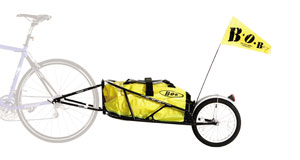
A single-wheel trailer is narrower and it tracks closer to the line that your bike takes. They are also lighter. The drawback is that they have no inherent stability and are therefore a bit tricker to handle in attaching and detaching.
Trailers have a host of loyal users. An experienced touring cyclist I know prefers how his bike handles with a single-wheeled trailer and front panniers rather than with front and back panniers.
A kickstand is highly recommend when using a trailer. It keeps the bike steady while you fiddle with the trailer. A double-leg kickstand offers the best stability. An alternative is to install a handbrake to keep to the bike steady while it leans. This can be done with an elastic band around the hand grip that can be popped over the brake lever to engage the brake.
Cargo bike
If you cart loads regularly, you might need a cargo bike. These are a good choice for parents to ferry their kids around and for businesses to make local deliveries, though the potential of these tremendously useful bikes is not limited to those uses.
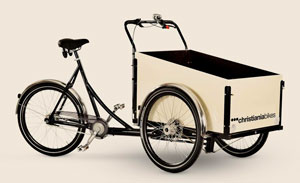
There are three basic cargo-bike formats: a long bike, where the carrying capacity is in large panniers behind the rider, a two-wheel box bike, where the load is in a box in front of the rider, and a three-wheel box bike, with a large box in front of the rider that has a wheel either side.
The long bike rides most like a conventional bike. The two-wheel box bike has twitchier steering but otherwise rides much like a conventional bike. The three-wheel box bike has the handling issues of a tricycle, in that it becomes more unstable the faster you ride and it can tip when cornering too fast.
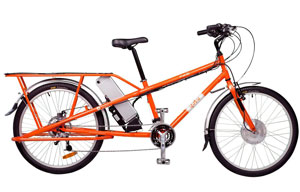
The three-wheel box bike is the heaviest but carries the most and does so most easily. It is also very stable at low speeds, which is a great feature when transporting kids. The two-wheel box bike and the long bike are comparable in weight.
With the addition of an electric motor, a cargo bike becomes a heavy hauler with the convenience of a bicycle. These ebike systems assist your pedalling at the power level you choose. Such a set up can replace what most people need from a car for many local trips.
Ride On content is editorially independent, but is supported financially by members of Bicycle Network. If you enjoy our articles and want to support the future publication of high-quality content, please consider helping out by becoming a member.




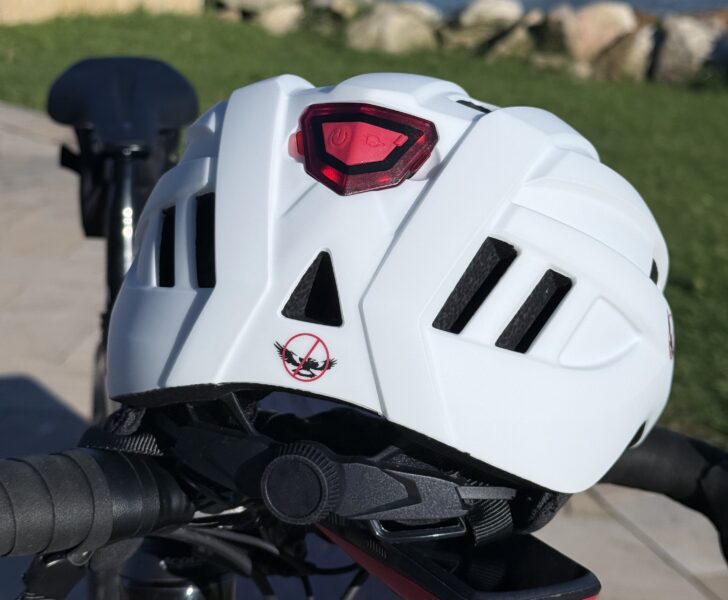
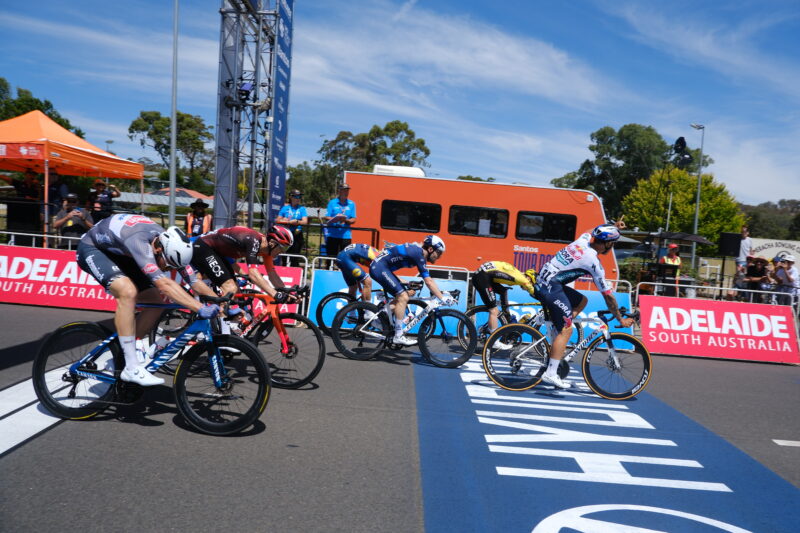

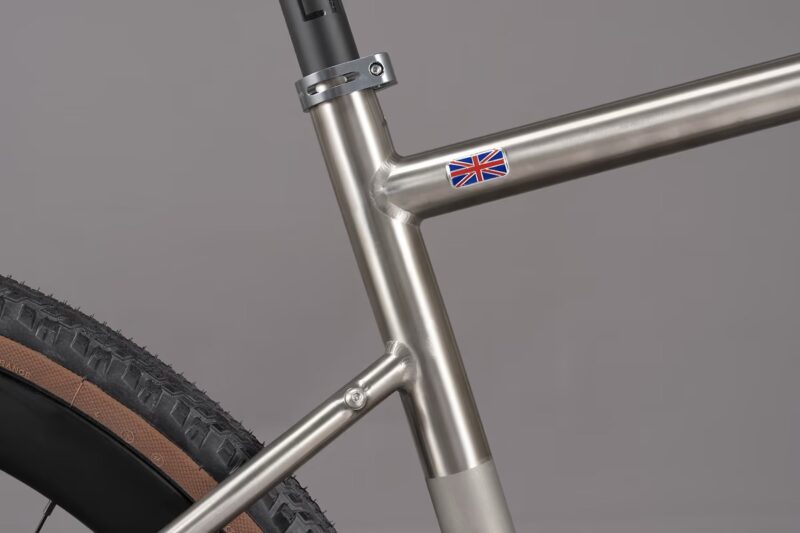
Where can I get a cargo bike? I’ve not seen them in any of the bike shops I’ve visited.
Contact the suppliers of the products here https://rideonmagazine.com.au/ditch-the-car/ (via the links in the article). I know some of them ship all over the country. There’s also a cargo bike picnic where you can test ride a variety of cargo bikes in Melbourne 27 April if you can make it http://www.eventbrite.com.au/e/cargo-bike-family-picnic-tickets-10594563625
There will be a cargo three wheel at this years MS ride on the 19th of April. If you want you can come down and have a chat to the people riding it.
I just bought a cheap-ish large square trailer ($250) and am finding it an excellent investment. It’s very useful for shopping that’s too big for panniers or packrack (e.g garden mulch), and carrying musical instruments. I use it much more than predicted. I don’t have a car, so it has already paid off its cost, in avoiding delivery or car-share fees. Don’t expect to go as fast – you’re pulling extra weight, there’s a delayed tug to get used to if you go over a bump with a load, and you have to get off and walk much sooner, on a hill.
On the subject of baskets – I’ve heard of handbag thefts from bike baskets, so be careful.
I found a cheap two seat child trailer with all the seats and covers removed provides a nice framework for adding crates. I regularly do my shopping with this, carrying over 50kg behind my old hybrid bike. $99 for the trailer and I bought the bike second hand ten years ago. There is no excuse not to shop on the bike.
“two-wheel box bike has twitchier steering” – This is true for the Bullitt (which I have ridden), but not for many other cargo bikes – eg Gazelle Cabby, and Backfeist, . There are lots of cargo bikes on the market now so it is important to choose one that meets your needs and riding ability. Some people believe the 3 wheeled bikes are more stable, however they can be more prone to tipping. Like all bike choices it comes down to personal preference.
Carradice of Nelson
“http://www.carradice.co.uk/”
some great options that do work
and search “Bike Packing” for some other ideas for ‘aero’ gear carrying
There is also this excellent trailer that allows you to carry extra panniers and at a pinch and extra wheel …..
http://www.extrawheel.com.au
I am looking for a solution to carry my 8 year old and his bike when he is to tired to ride anymore.
Say we ride to the Market (30-45 mins) walk around, and on the way home he is to tired.
I have panniers for shopping and a 2 wheeled trailer.
Thoughts?
Have a look at this Craig http://www.trail-gator.com.au although you’ll need to ditch the trailer for it to work.